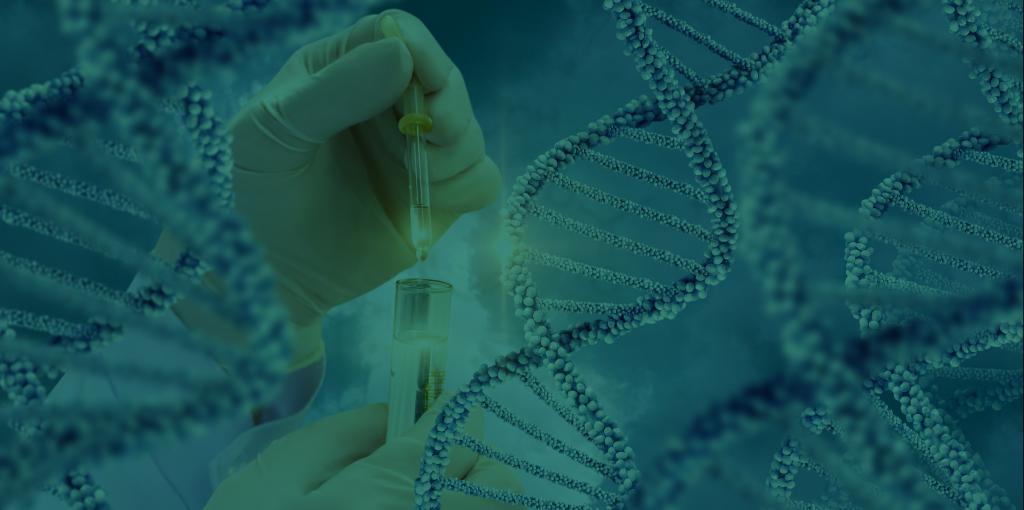Admission CTAs
Arion Leahigh: Oral Defense of Doctoral Dissertation
Oral Defense of Doctoral Dissertation
Doctor of Philosophy in Chemistry and Biochemistry
Department of Chemistry and Biochemistry
Arion Leahigh
PHARMACEUTICALS AND PERSONAL CARE PRODUCTS IN THE TIDAL FRESHWATER POTOMAC RIVER
Friday, November 15, 2019, 2:30 p.m.
Exploratory Hall, Room L111
Committee
Dr. Gregory Foster, Dissertation Director
Dr. Gerald Weatherspoon
Dr. Benoit Van Aken
Dr. Thomas Huff
Abstract
Pharmaceuticals and personal care products (PPCPs) serve a multitude of purposes for humans, and their release into aquatic systems via sewage and wastewater treatment plants is not currently regulated. In recent years, studies showing significant levels of PPCP contamination in aquatic systems have garnered much-needed attention for this issue in both the scientific community and the laity. It is believed that the principal source of these micropollutants into rivers and streams is directly linked to the high consumption rate of drugs in our society. In the USA, approximately 50% of the population has used one or more prescription drugs within the past 30 days, and the use of drugs increases with age, especially over age 60. The most commonly used types of prescription drugs include bronchodilators (children aged 0–11 years), central nervous system stimulants (adolescents aged 12–19 years), antidepressants for adults aged 20–59, and lipid-lowering drugs for adults aged 60 and over. The number of prescriptions dispensed in the USA has increased between 2009 and 2018. In 2009 the number of drug prescriptions dispensed was near 3.95 billion, while in 2018 the number of prescriptions dispensed was approximately 4.21 billion. Administered drugs are released into private and public sewer systems. It should be noted that WTPs are not responsible for removing PPCPs (and their metabolites) from wastewater during this process. There are no existing federal or state discharge regulations covering the emissions of PPCPs in the wastewater stream. As such, PPCPs and their metabolites are inadvertently released into the rivers and streams through reclaimed water. Understanding the sources, emissions, and effects of PPCPs in surface waters is essential to managing public health and enlightening our society about the environmental implications of overprescribed drug therapy.
While WTP discharge is considered a large source of PPCPs in the aquatic environment, there are several other sources that need to be acknowledged. In some instances, wastewater and the treated sludge may be released into the environment and applied as fertilizer across agricultural lands. Similarly, the PPCPs used in veterinary medicine can enter the environment when animal wastes are used as fertilizer. The run-off from these lands can then enter the water cycle. The wastewater from the facilities that produce the PPCPs is discharged to public sewers and may contain significant amounts of PPCPs, more so even than wastewater from normal households and commercial buildings. Furthermore, PPCPs can also leach into freshwater from leaky septic systems and sewer pipes. While this project does not specifically focus on sources beyond WTP discharge, it is important to note that those sources may be contributing to the overall magnitude of PPCPs found in the aquatic environment.
In general, it is known that many PPCPs can be environmentally persistent, demonstrate bioactivity, and potentially bioaccumulate in aquatic organisms. These compounds pose a potential risk to the ecosystem and public health because they are specifically designed to have biological effects even at low concentrations. The effects of PPCPs on aquatic organisms are of particular concern because of risk from exposure in areas surrounding WTPs. At this time the long-term effects of the exposure of aquatic organisms to PPCPs remain largely unknown; however, some studies indicate that the possibilities include delayed development, unusual behavior, and altered reproduction.1,11 Numerous studies have been conducted to determine the bioaccumulation of PPCPs with endocrine-disrupting capabilities. In the majority of these studies focusing on endocrine-disrupting PPCPs the research reveals that the levels of these compounds are present at concentrations high enough to pose an ecological risk in most environmental matrices (water and sediment). However, fewer studies have specifically targeted opioids, amphetamines, antidepressants, anti-inflammatory, OTC medicines, and the PPCPs of interest in field studies. The proposed research has helped to fill the knowledge gap in this area by focusing on a larger subset of PPCPs in both surface waters and sediments.

